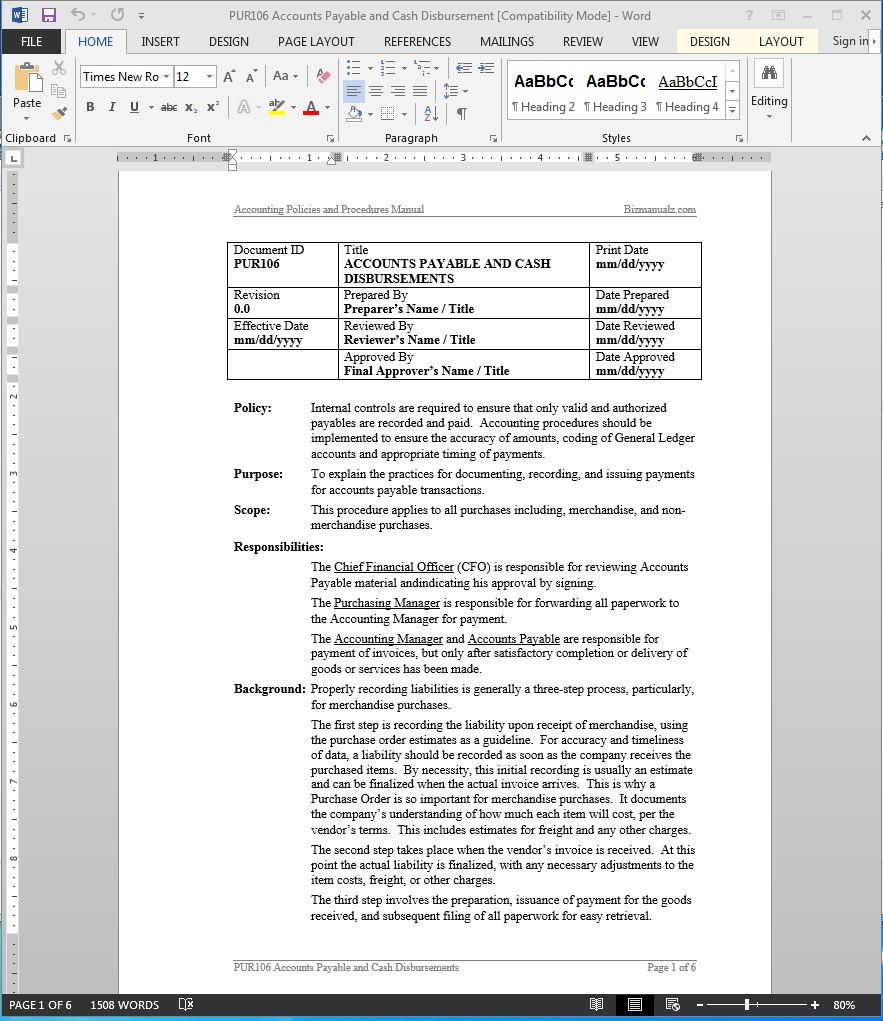

If you must supply a service or product, this payment term means that your client would typically receive your invoice and pay it after 30 days. With a standard Net 30 Payment Term, the business is paid 30 calendar days after the invoice date. Any business can use a Net 10 payment term. The only difference between Net 10 and other timed invoice payment terms is the time difference. Net 10Ī standard Net 10 invoice gets paid within ten working days of the invoice date. It gives them more flexibility than Net 3 or Net 5 terms, requiring payment within three or five working days. This term is used by retailers with large overheads who need time to manage their cash flow before paying. This can vary depending on the industry and contract you have agreed with your client. If you supply a service or product, this payment term means that the client would typically receive your invoice and pay it within seven days. With a standard Net 7 invoice, the business receives payment within seven days of the invoice date. It lets them know exactly how much money they’ll receive, even if their work takes longer than expected. Freelancers, self-employed consultants, and other independent contractors who are often paid at the beginning of a project or once they meet specific milestones use this payment term. Payment in advance, or PIA, is an invoice term where the client pays for your service or product upfront before you provide it. This post will cover some of the most common types of invoices payment terms and look at how they work. For example, you wouldn’t want to be sending an invoice with a due date that is too early and risk having it returned, or one with dates that are too late and have it rejected because it was overdue. As a new business owner, it’s a good idea to understand the different invoice payment terms that are out there before you set up your invoicing system.


 0 kommentar(er)
0 kommentar(er)
